The combination of ingredients in this delightfully nutritious recipe gives you some of the best of all Asian cuisine. Adding seaweed and rice vinegar to the rice adds great texture as well as taste. The sriracha sauce on top adds a little punch. You can put any vegetables into this bowl such as celery, bamboo shoots, and Napa cabbage.
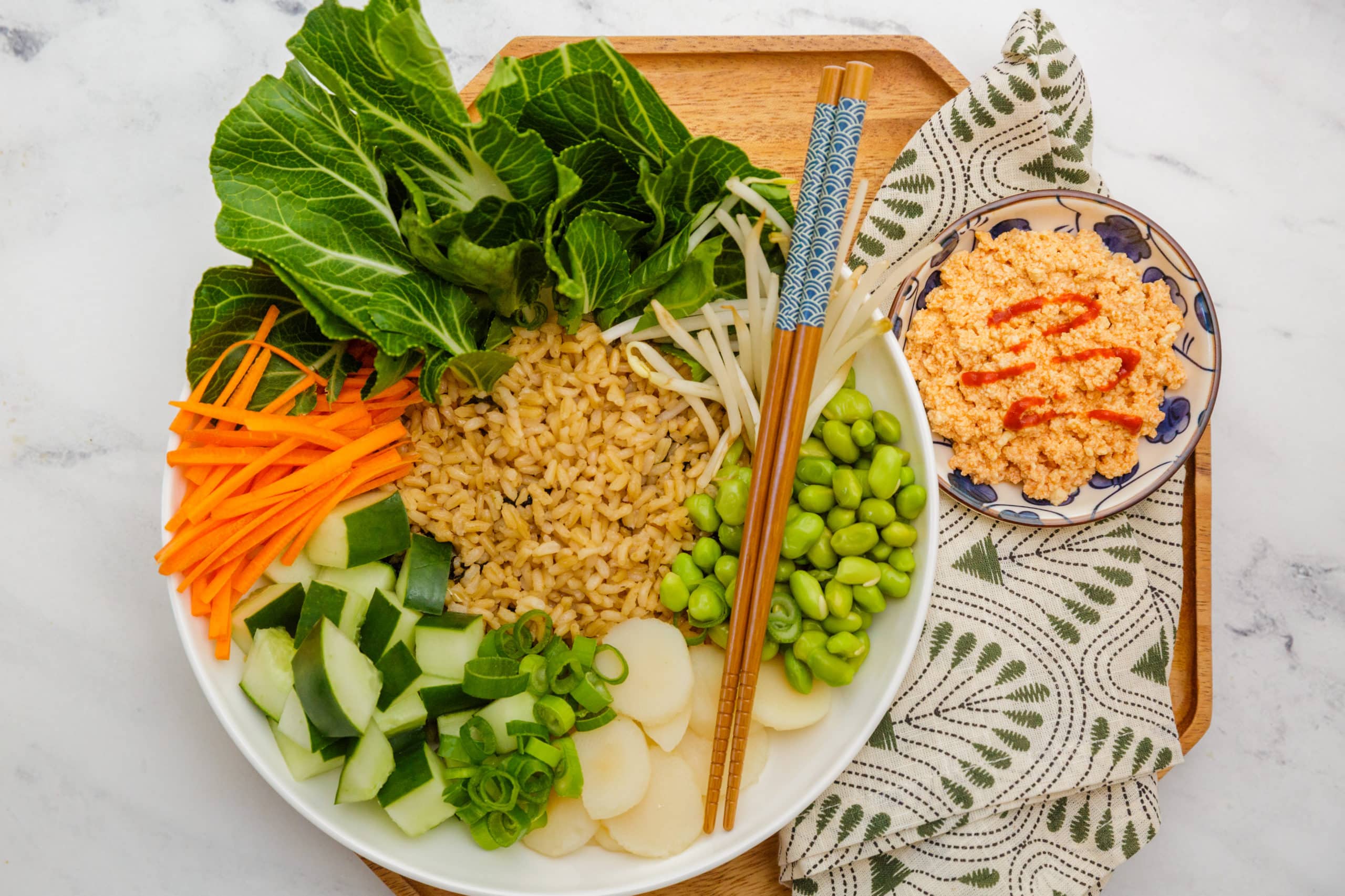
The Veggie Packed Asian Grain Bowl
This easy to prepare Asian Grain Bowl is packed full of flavor, vegetables, and protein. The brown rice gives it a wonderful base, while the vegetables give it the nutrients that you want to fuel you for the day. Adding some Asian ingredients and toppings help make this dish one that will make you forget just how healthy it is!
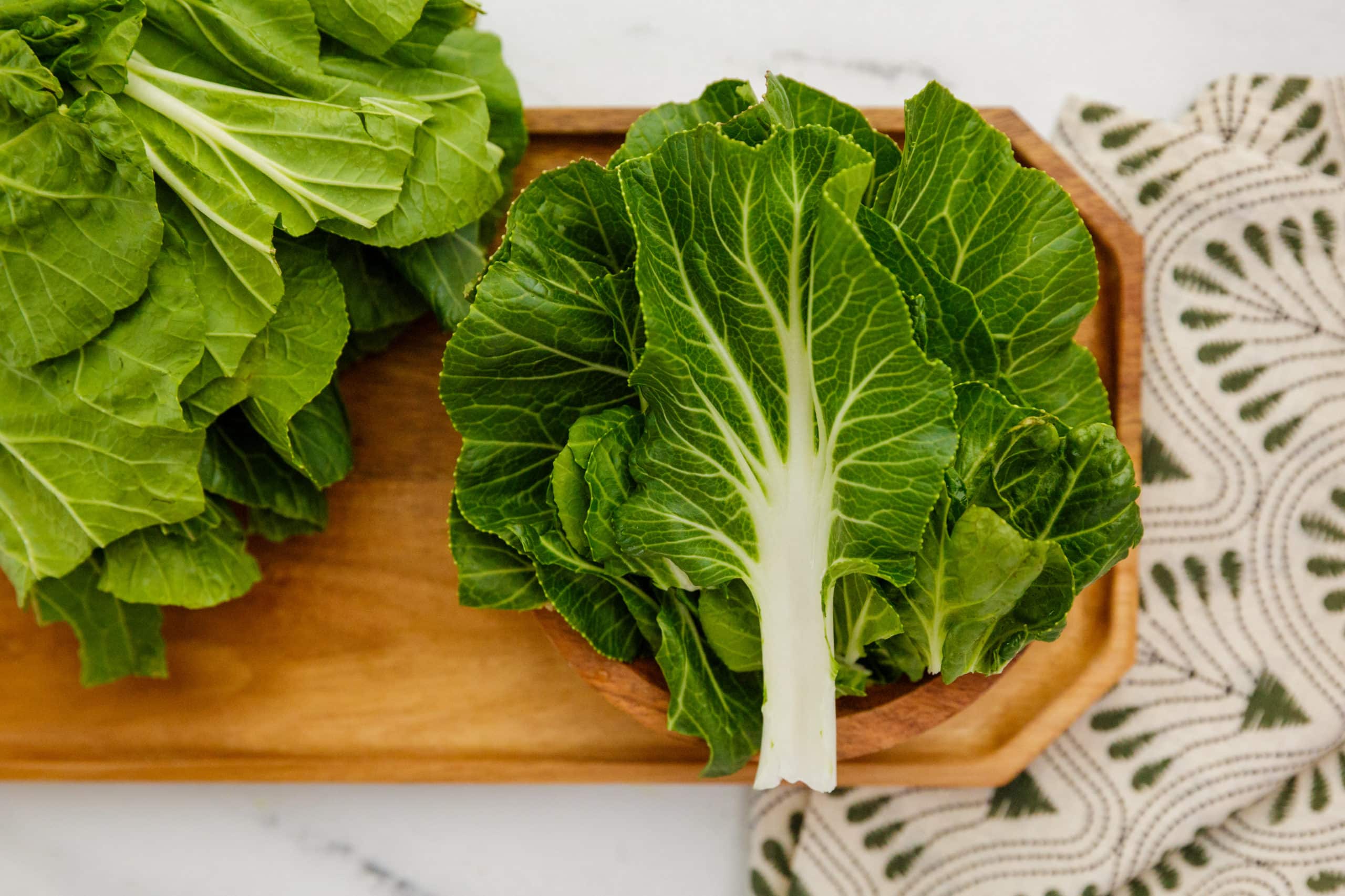
Why Brown Rice Instead of White Rice?
There are more than 7,000 varieties of rice and several colors, shapes, and sizes. The most common varieties in the United States are white rice and brown rice. White rice is the most commonly consumed type, but brown rice is also a popular option.
Brown rice is an unrefined, unpolished whole grain produced by removing the surrounding hull of the rice kernel. The grain retains its nutrient-dense bran and germ layer. It is chewier as compared with white rice and has a nutty flavor.
Brown rice is more nutrient-dense than white rice. Because of this, brown rice may help reduce blood sugar levels and aid in weight management efforts. However, white rice is good for those with certain digestive issues who cannot digest fiber-rich foods well.
What is Bok Choy?
Bok choy, also called pak choi or pok choi, is one of two main types of leafy green vegetable known as Chinese cabbage. This crunchy, emerald green cabbage that has a subtle "cabbagey" flavor that can sometimes taste like celery, and is packed full of vitamins. Bok choy falls into the cruciferous vegetable category along with kale, Brussels sprouts, and broccoli.
Bok choy is made up of elongated leafy stalks that radiate out from a bulbous central stem, similar to a bunch or head of celery, and about the same length (although a full-size bok choy has a wider diameter than a bunch of celery). The leaves are dark green, sometimes ruffly and sometimes flat, and the stems are either white or a lighter green, depending on the variety.
Bok choy is a common ingredient in Chinese and other Asian cuisines, and it can be braised, stir-fried, and roasted. The entire plant is edible, and other than separating the stalks and rinsing them, there is little prep work involved.
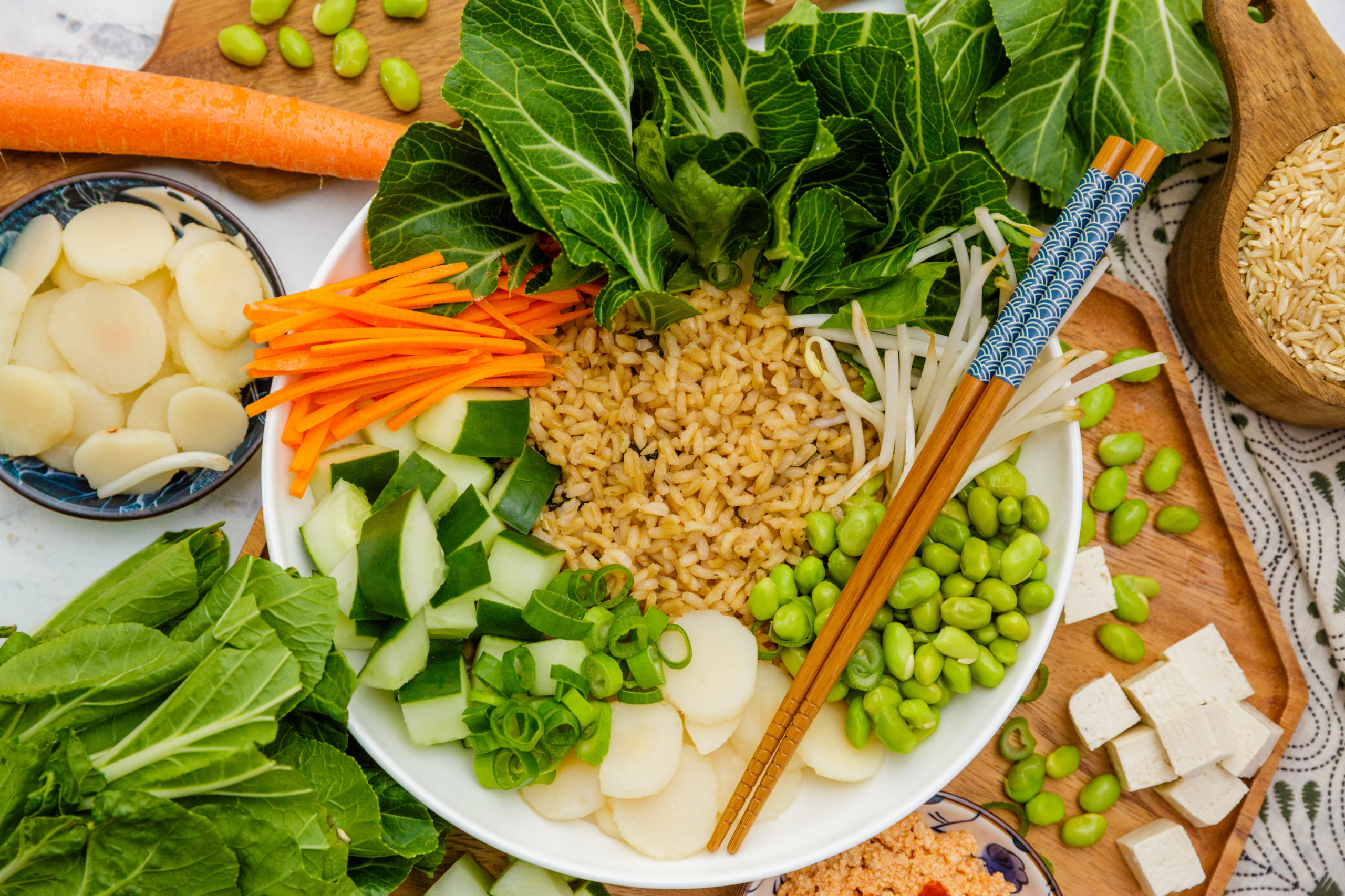
Why is Bok Choy a Great Main Ingredient Option?
Along with being crunchy and delicious, bok choy is full of fiber, vitamins, minerals, and other nutrients that make it a beneficial addition to your diet. Like other dark, leafy greens, it’s full of antioxidants and other compounds that help to promote better health.
It’s full of cancer-fighting compounds such as vitamins C and E, beta-carotene, folate, and selenium. Vitamin C, vitamin E, and beta-carotene are powerful antioxidants that can help to prevent cell damage from free radicals, which may help to lower your cancer risk. Bok choy is also full of fiber, which keeps your digestive system healthy.
Like other dark, leafy greens, bok choy is an excellent source of the flavonoid quercetin. Quercetin can help to reduce inflammation in the body, which may help to reduce your risk of developing a variety of chronic health issues such as heart disease, diabetes, and cancer.
Bok Choy Buying Tips
Bok choy also comes in different sizes. Unless you go to an Asian grocery store, you are most likely to find “regular” bok choy or a smaller version called “baby” bok choy. There isn’t much difference between baby bok choy and the larger variety other than size but, some say the baby bok choy is more tender.
Another benefit of bok choy is it is super-affordable. You can typically pick up a large head for $3 or less. When picking bok choy, look for fresh, bright green leaves and crisp, pale white to green stalks. It's best to use it as soon as possible, but it will store well in the refrigerator for several days. Before using it, you should clean it to wash out any dirt or grit that may be lodged in the leaves or stalks.
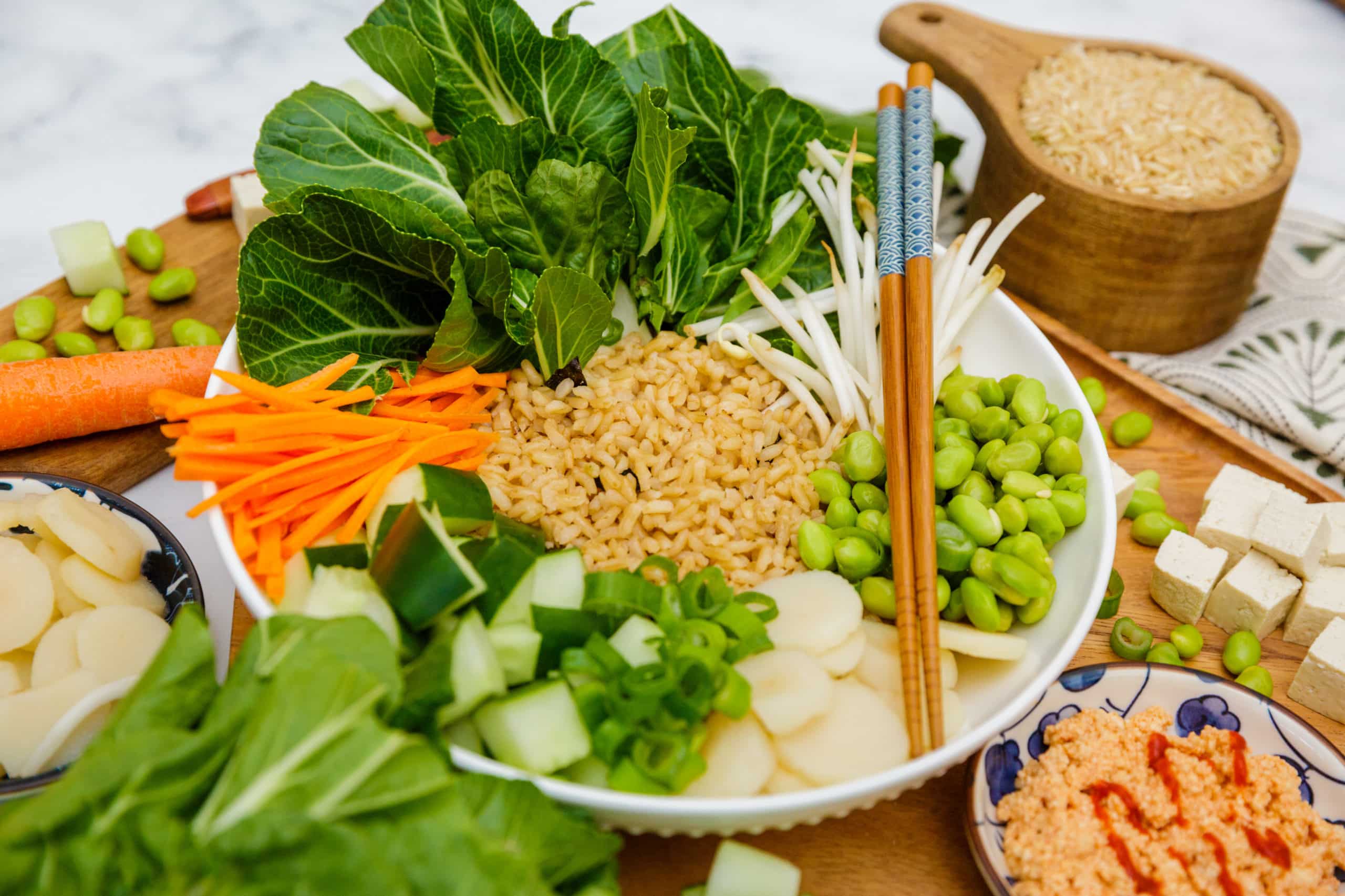
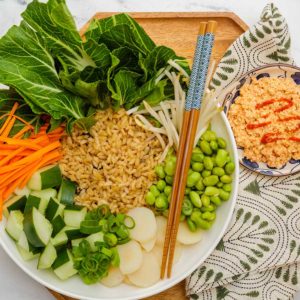
Asian Grain Bowl
Ingredients
- 1 cup brown rice cooked
- 1 sheet Nori
- 1/2 tbsp rice vinegar
- 1/2 cup edamame
- 1/2 cup water chestnuts sliced
- 1/2 cup bean sprouts
- 1 stalk green onion
- 1 carrot cut into matchsticks
- 1/2 cucumber cubed
- 2 cups bok choy leaves separated
- 1/2 cup tofu mashed
- 1/2 tbsp sriracha
Instructions
- Place the cooked brown rice into the center of a large bowl.
- Surround the rice with each of the ingredients in clusters.
- Mash tofu with a fork and mix in the sriracha. Add to the center of the bowl or use as a dip.

